LOST GEMS of CINEMA: The Most Famous Missing Films
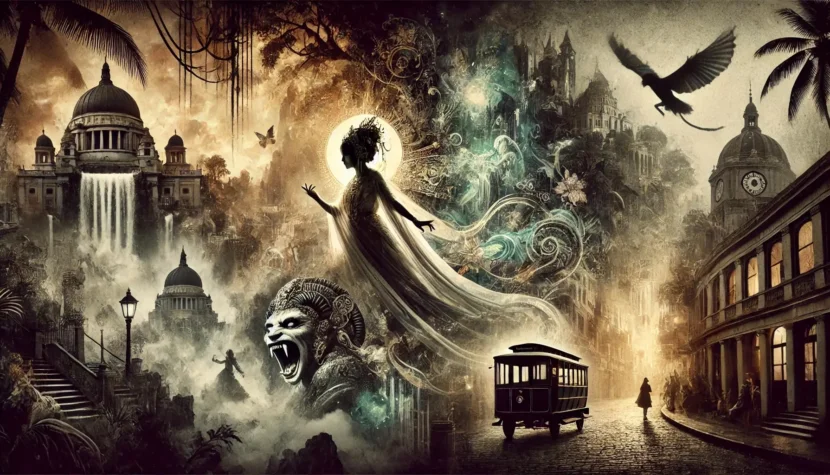
However, the number of films that no one will ever watch again—because they were either destroyed or lost in the depths of history—proves how flawed this reasoning is. It is estimated that thousands of such irretrievably lost productions exist. About half of all American films made before 1950 are gone forever. Lost gems of cinema. Similarly, around 80–90% of silent cinema has suffered the same fate. From this staggering number, the British Film Institute compiled a list of 75 most sought-after titles. Without repeating their efforts, here are 15 other productions that today we can only read about. Presented in chronological order:
The Story of the Kelly Gang (1906)
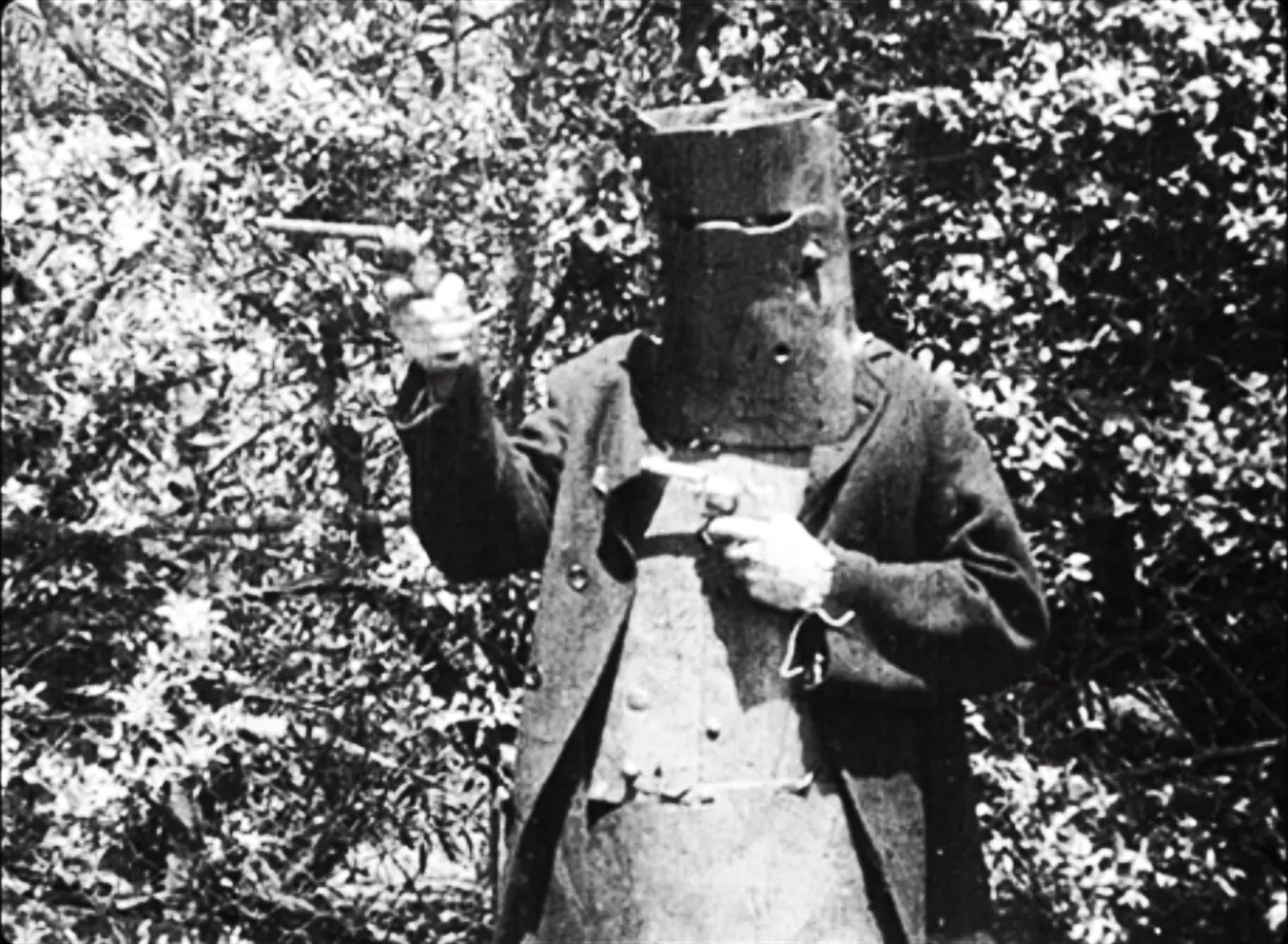
One of the first Australian films and the first full-length feature film in the world. This production, which tells the story of gangster Ned Kelly (and is said to be the closest to the truth), was a significant artistic and financial success, greatly contributing to the development of similar projects about outlaws. All the more surprising, then, that it was considered lost for nearly seventy years. Since then, 17 minutes of its hour-long runtime have been recovered. It’s not much, and far from a full-fledged reconstruction, but it’s something.
The Life of General Villa (1914)
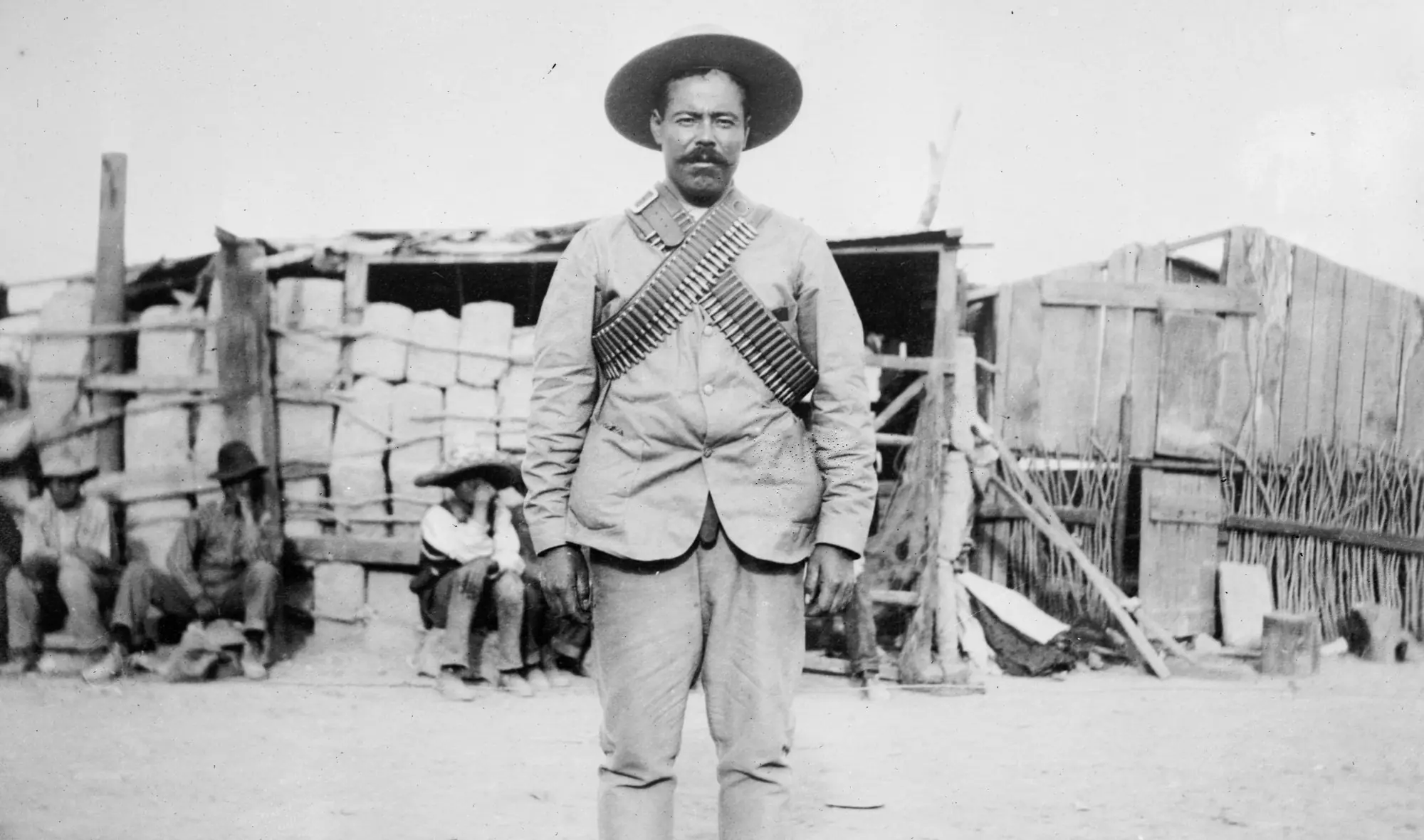
A true historical gem, created during the lifetime of the famous general and featuring the man himself. The revolutionary not only acted in staged scenes and reenacted his daily life for the camera but also allowed filmmakers to film actual battles he participated in—all in exchange for money needed to support his army. The renowned D.W. Griffith produced the film, while Raoul Walsh directed it. It’s all the more tragic that only a few photographs from the set and fragments of unordered, possibly discarded scenes have survived to this day. Villa was assassinated nine years after the film was made.
A Daughter of the Gods (1916)
A fantasy film steeped in eroticism. The film garnered attention due to the involvement of Australian swimmer Annette Kellermann, who became the first person in motion picture history to appear fully nude in a scene set against the stunning backdrop of a waterfall. Given that she had much to flaunt, the controversy was considerable. In addition to her nudity, audiences were enticed by underwater sequences and the unprecedented budget of the production, which cost a staggering one million dollars. Box office receipts managed to recoup this sum, despite the film’s daunting three-hour runtime (!). Today, only a ten-minute reconstruction of the plot exists, pieced together from surviving photographs and promotional materials.
Cleopatra (1917)
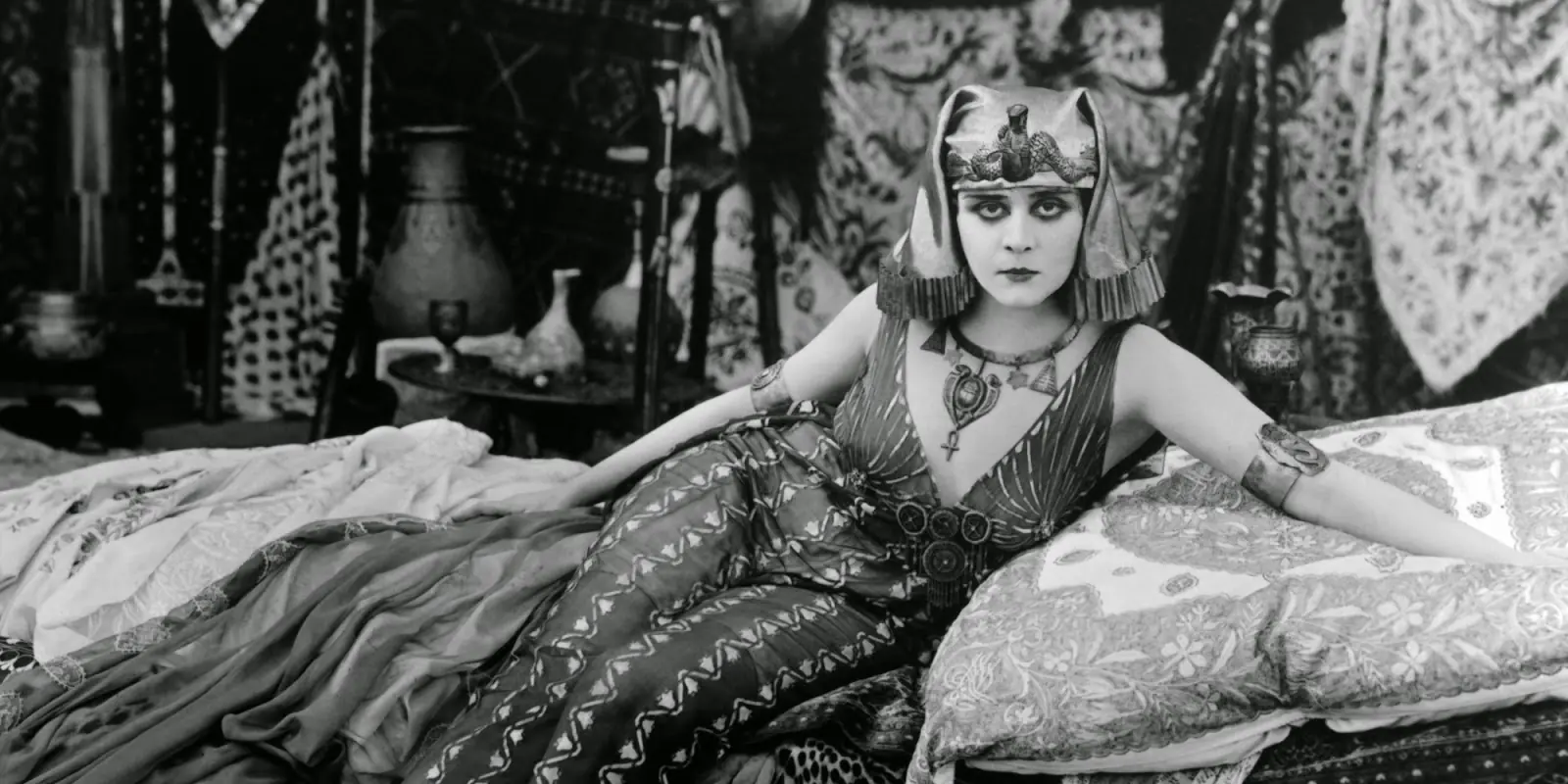
A two-hour production costing half a million dollars, with Theda Bara in the titular role, which cemented her status as a sex symbol of the era. Only a few fragments of the film have survived, leaving the complete storyline unknown. What is known is that it was partially based on Henry Rider Haggard’s 1889 novel and partially on Shakespeare’s tragedy Antony and Cleopatra. Once a major box office success, the film also became a victim of censorship. In part due to the enforcement of the Hays Code, it was deemed too obscene and was locked away in the archives of Fox Studios, where the last known copies were destroyed in a 1937 fire. Many other films starring Bara for the studio met the same fate.
The Miracle Man (1919)

An ambitious film with a crime backdrop, featuring Lon Chaney in the lead role. It was a box office sensation that largely launched Chaney’s stardom and prompted Paramount to produce a remake in the 1930s. Based on both a novel and a play of the same name, the production disappeared without a trace one day. Today, only two fragments of the film exist, totaling a mere three minutes. Interestingly, both come from two different documentaries about the history of the studio itself.
Humor Risk (aka Humorisk, 1921)

A silent short film marking the debut of the Marx Brothers. This twenty-minute short was notable for the fact that it didn’t yet feature the iconic personas for which the brothers became famous eight years later in The Cocoanuts. Thus, none of their signature traits were present on screen, and the plot didn’t involve them collaborating in any way, contrary to expectations. The title referenced a drama by Fannie Hurst from the previous year, but unlike it, the film reportedly wasn’t very good and was shown only once in a closed screening. According to rumors, Groucho Marx burned the film reel in a fit of emotion. Other versions claim the reel was accidentally discarded. Whatever the case, some joke surely lies hidden within this story.
Dracula’s Death (Drakula halála, 1921)
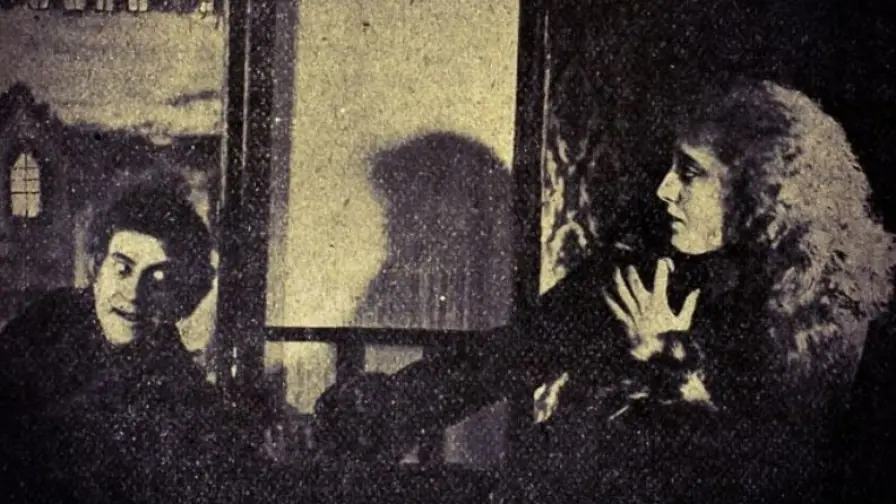
The Hungarian version of the adventures of the famous vampire count and his first-ever on-screen portrayal (here played by Erik Vanko). The Hollywood version debuted a decade later, and Germany’s Nosferatu was yet to premiere, making this a notable achievement for Hungary (though rumors suggest the Russians made their own version in 1920, which is also lost). However, the plot only loosely drew from Bram Stoker’s novel. Although the film was enthusiastically received, it was quickly re-edited for subsequent screenings. Perhaps this contributed to its sudden disappearance, as it likely never even made it across the ocean.
Hollywood (1923)

Perhaps the first attempt to demystify the Dream Factory. The plot, based on the American Dream trope of an unknown girl arriving in Los Angeles to become a star (but completely failing), was reportedly just a pretext to feature as many contemporary stars as possible in a single production. Indeed, over thirty appeared, including Mary Astor, Charles Chaplin, Cecil B. DeMille, Douglas Fairbanks, Mary Pickford, and Pola Negri. This alone makes Hollywood a must-see for film enthusiasts. Unfortunately, all that is known today is that the film existed and consisted of eight reels of film, lasting about ninety minutes. By the way, Hope Drown, who played the lead role, didn’t make it big in Hollywood either.
The Great Gatsby (1926)
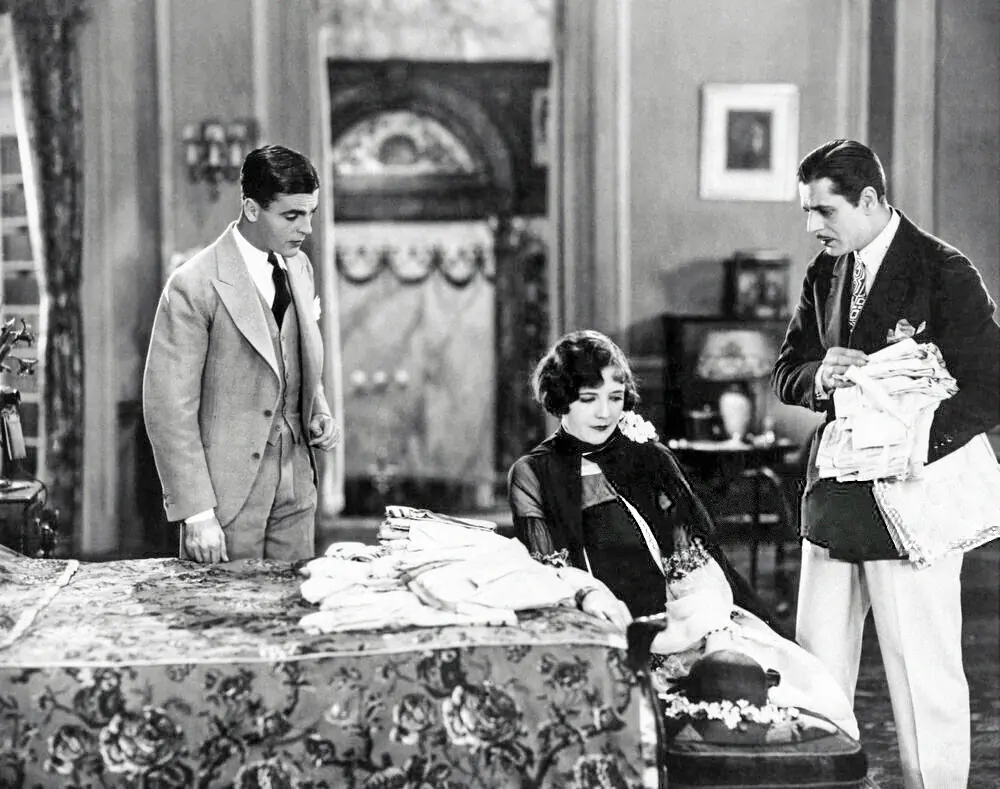
The first adaptation of F. Scott Fitzgerald’s iconic novel was made before the true boom for this story. Perhaps this is why it didn’t enjoy much popularity at the time of its release and quickly faded into obscurity due to a lack of interest. Despite many attempts, no existing copy of this 80-minute film starring Warner Leroy Baxter in the title role has ever been located. Only its trailer and a few stills and posters have survived.
London After Midnight (1927)
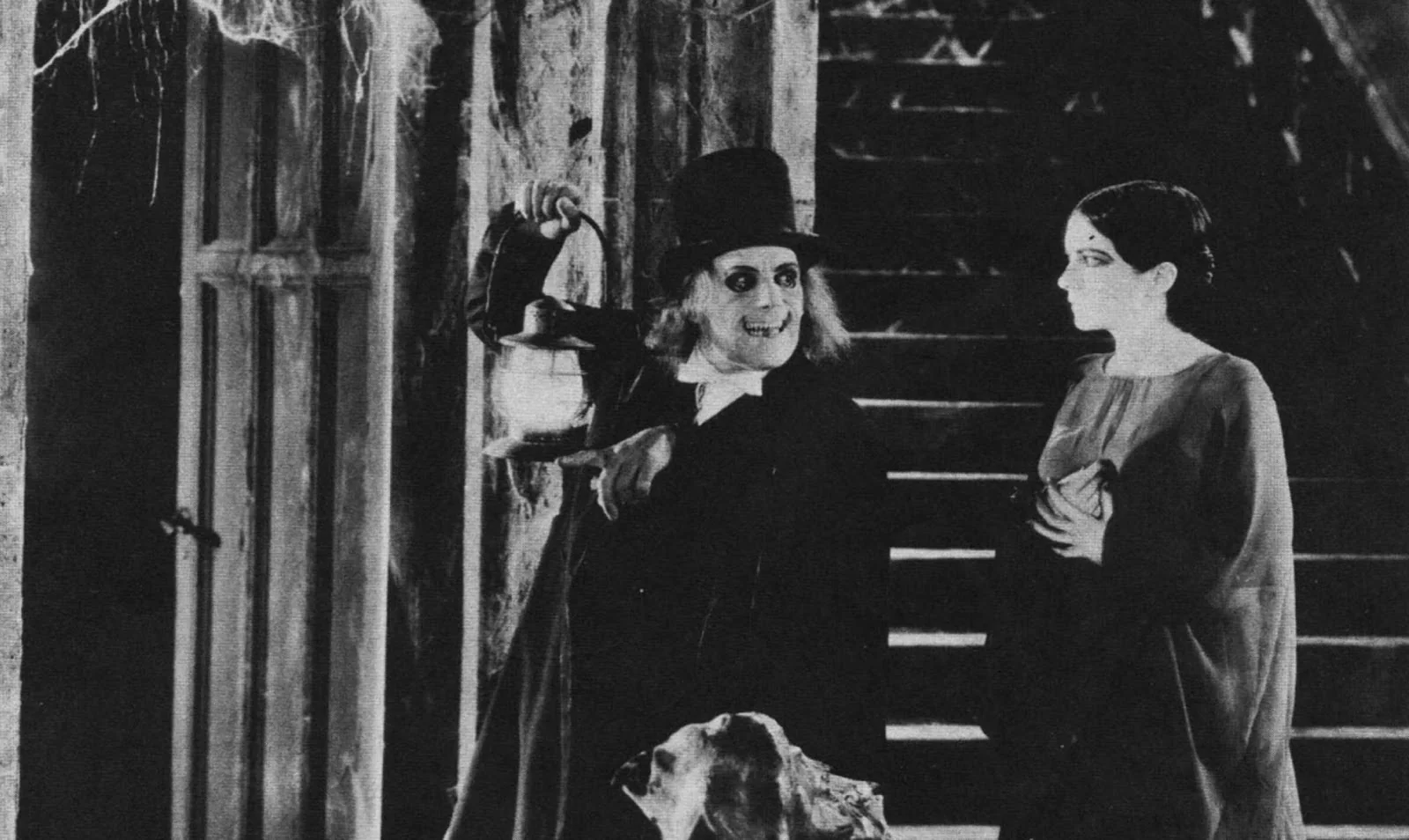
Once again, Lon Chaney—this time under the direction of Tod Browning, who would later create Freaks. As the title suggests, this was a horror film set in the English capital, revolving around an unresolved murder case and a grotesque individual resembling a cross between Dracula and Jack the Ripper. This production was a box office smash, earning over a million dollars, and Chaney’s character became so popular that a series of figurines was released in his likeness. Unfortunately, the last known copy of the film burned in the 1960s during a fire at MGM’s archives, leaving only a 45-minute reconstruction based on promotional materials. In 1935, Browning prepared a sound remake titled Mark of the Vampire, starring Béla Lugosi and Lionel Barrymore. However, it didn’t achieve the same level of success and was also heavily edited by the studio, making it another incomplete work.
The Way of All Flesh (1927)
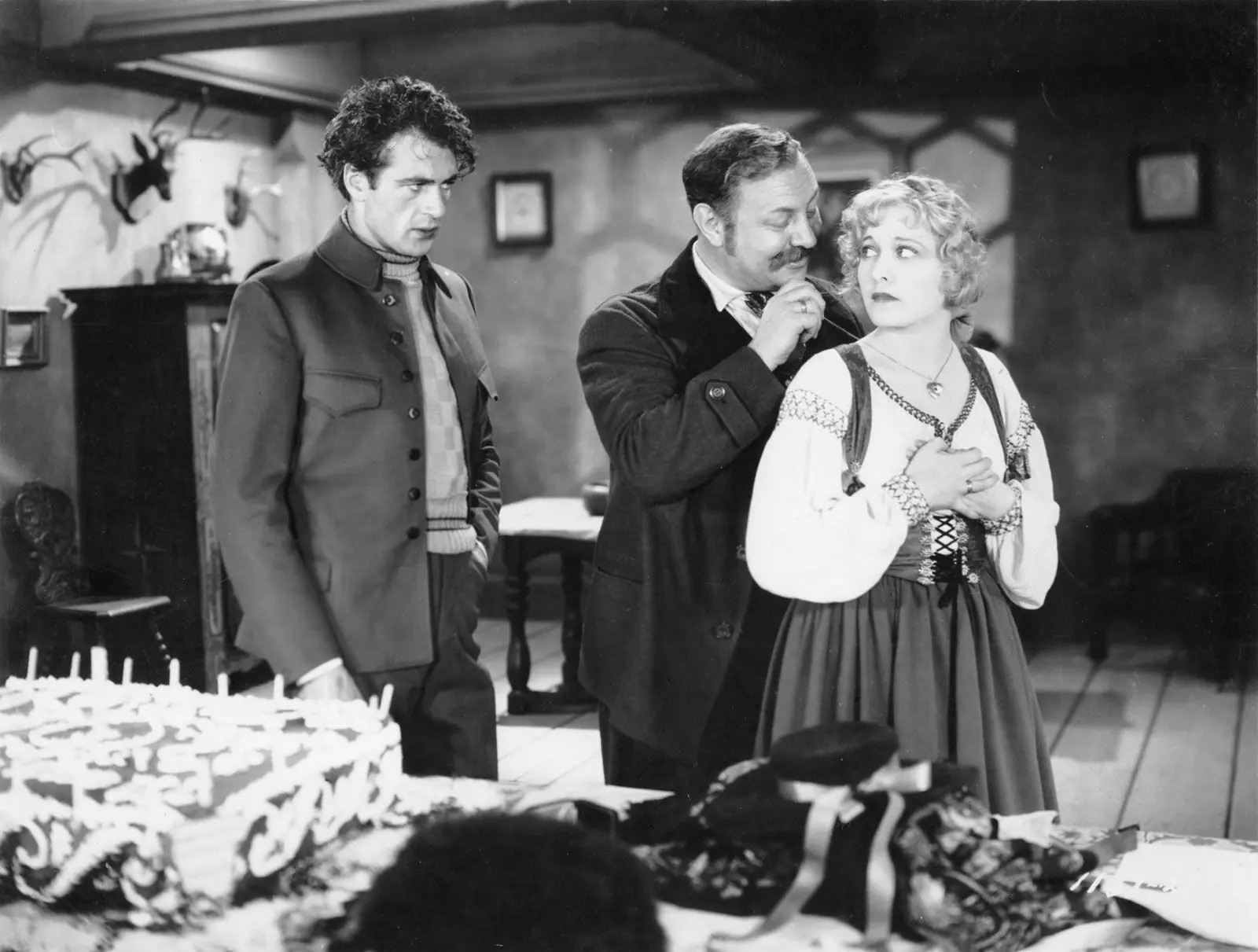
Victor Fleming’s film earned an Academy Award for Best Actor, with the Oscar going to Emil Jannings. Jannings, who is also remembered for The Blue Angel and Faust, starred a year later in another important lost film of the era, The Patriot, directed by Ernst Lubitsch. This makes The Way of All Flesh the only production awarded by the Academy of Motion Picture Arts and Sciences to have vanished into the depths of history. Today, only a few archival clips remain, a fate shared by many of Fleming’s other silent projects from that period. A remake of the film was made in 1940, followed shortly thereafter by a… Hungarian version.
Convention City (1933)

This is an interesting case because Archie Mayo’s film, made just before the adoption of the Hays Code, is often described as a sex comedy. Its content was, in fact, the main reason for its disappearance. The plot has been compared to modern-day films like Office Christmas Party, though it was presumably less explicit in its depiction of the entertainment enjoyed by employees of a rubber factory. On the other hand, the film faced significant censorship issues, with interference even in its original screenplay. It is said that, along with a few other titles, it directly contributed to the creation of the Code. Whatever the case, its release was heavily delayed, and it was eventually withdrawn from theaters. Warner Bros., the studio behind the production, destroyed most of the copies, while others deteriorated over time. In the 1990s, 20 minutes of unedited, likely discarded footage were discovered, but the chances of finding an intact copy are virtually nonexistent today.
The Oregon Trail (1936)

John Wayne became a true Western star thanks to Stagecoach. However, long before that, he played leading roles in this genre, including in The Oregon Trail, released three years earlier. In the film, he portrayed a war veteran pursuing a bandit who left his father to die. Could this film have marked a breakthrough for the then 29-year-old Wayne? The loss of this movie seems to argue against that idea. However, it may one day be rediscovered, as a set of stills from the production was uncovered not long ago. Interestingly, in the same year, Wayne also starred in another “trail” film, The Lonely Trail.
Batman Fights Dracula (1967)
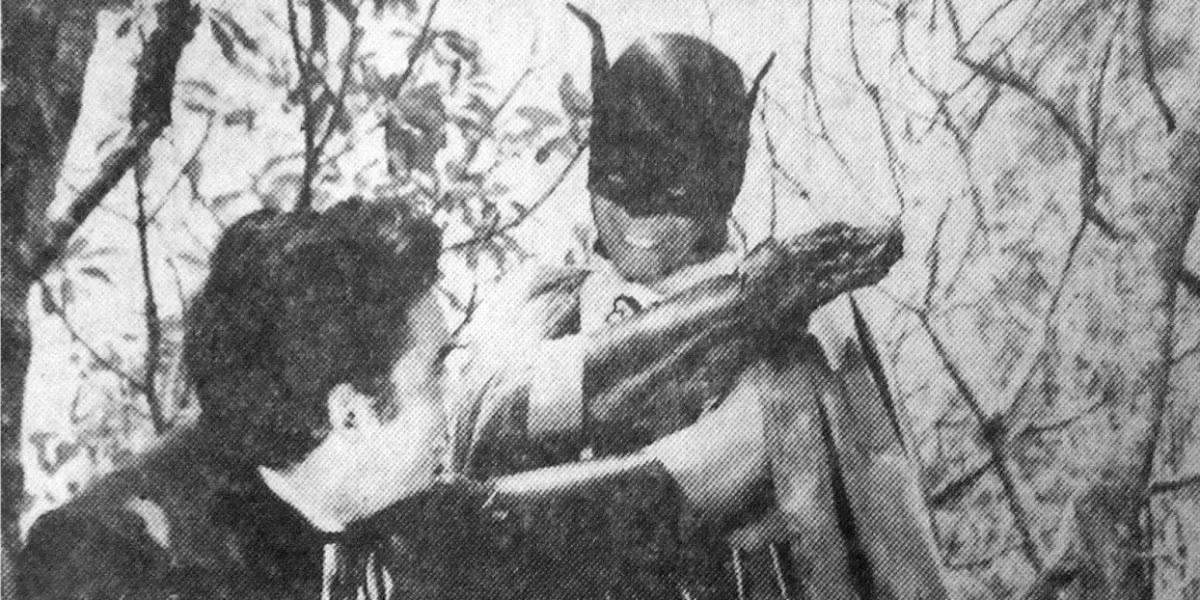
Move over, Superman—here’s the real showdown of the century! And it was conceived by… Filipinos. They even shot the entire film as a comedy and without securing any rights to these characters. These four facts alone suggest that watching this creation would have been an unforgettable experience. Unfortunately, the film vanished without a trace, and the only thing relic hunters have uncovered is a collection of poor-quality photos from the set, where Robin also makes an appearance. Notably, three films were made about this clash, two of which are lost. The second is Andy Warhol’s experimental Batman Dracula from 1964. In 2005, however, Warner Bros. released an official animated version.
Him (1974)

Finally, a gay adult movie starring Jesus. Yes, really! This independent project, shot in the freewheeling 1970s, focuses on the erotic fantasies of a young man who dreams of a sexual mano a mano with the Son of God (played by mural artist Tava). It sounds so bizarre that it’s no surprise the film was once thought to be an urban legend. However, its authenticity was quickly verified. The “masterpiece” itself, however, remains elusive. But stranger things have been rediscovered…
Bonus: Lost gems of cinema
Although both of these films—widely considered among the best in history—have survived to this day, they cannot be considered complete. This is due to the ambitions of their creators: Erich von Stroheim and Orson Welles.

The former originally shot an eight-hour epic (!!) which, as one might expect, was heavily cut by producers before its release. The missing material is now regarded as a kind of Holy Grail, leading to the creation of many myths and legends over the years.
In the case of Welles’s film, an hour of scenes was removed and subsequently destroyed, and its ending was changed, completely distorting the director’s vision. Welles tried unsuccessfully to prevent the loss, and he was never able to come to terms with it during his lifetime. In 2002, a television remake was created based on his notes, but it pales in comparison to the original.
These and other titles offer a certain perspective on the art of cinema. It’s intriguing to wonder which current hits or notable productions of this season will be similarly inaccessible or outright forgotten by the 22nd century…

